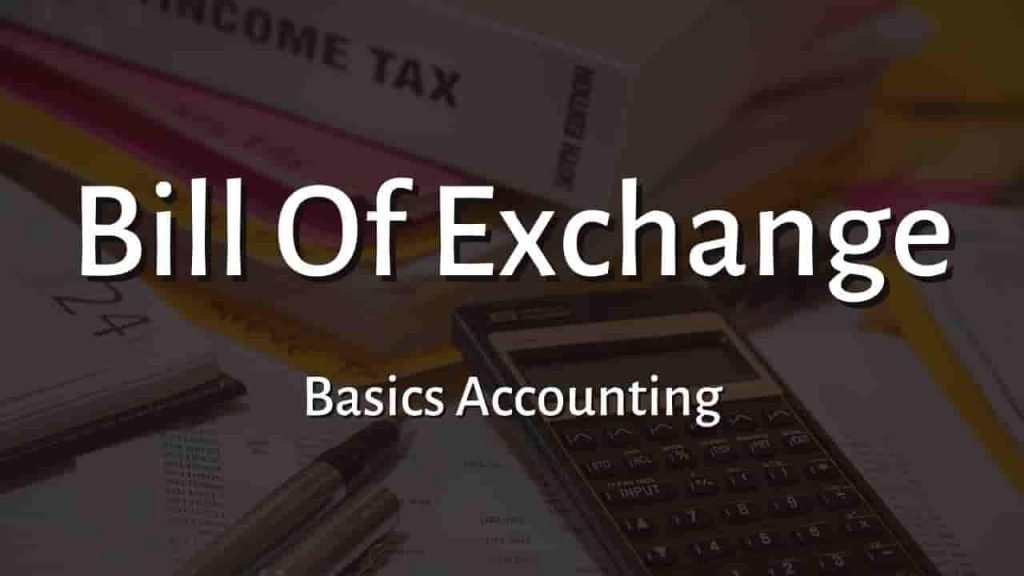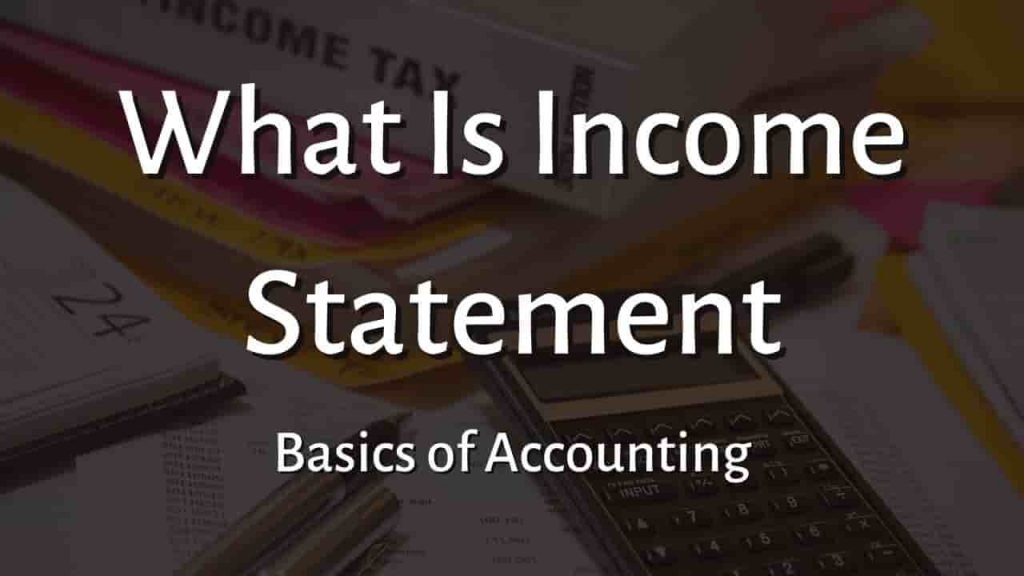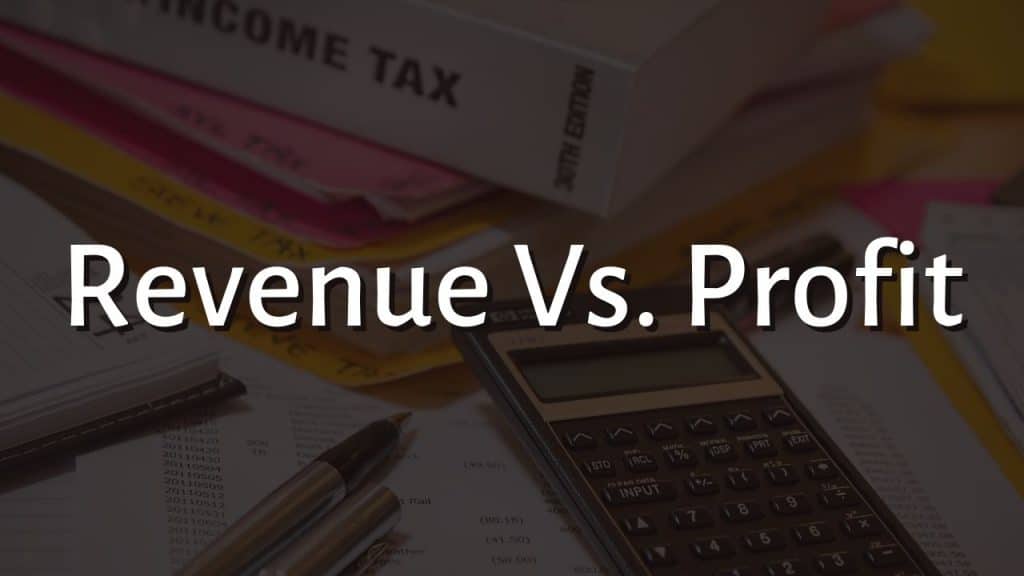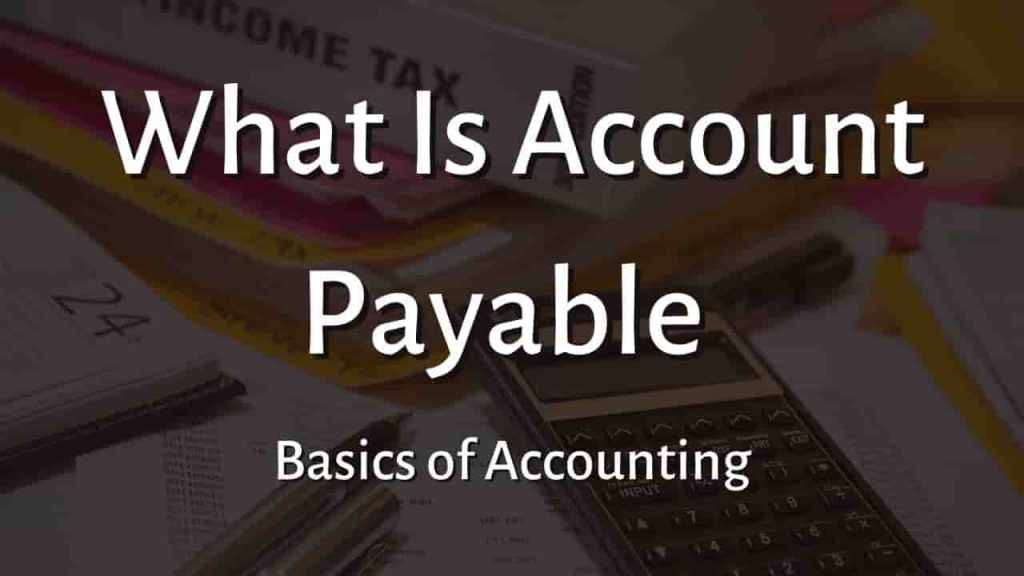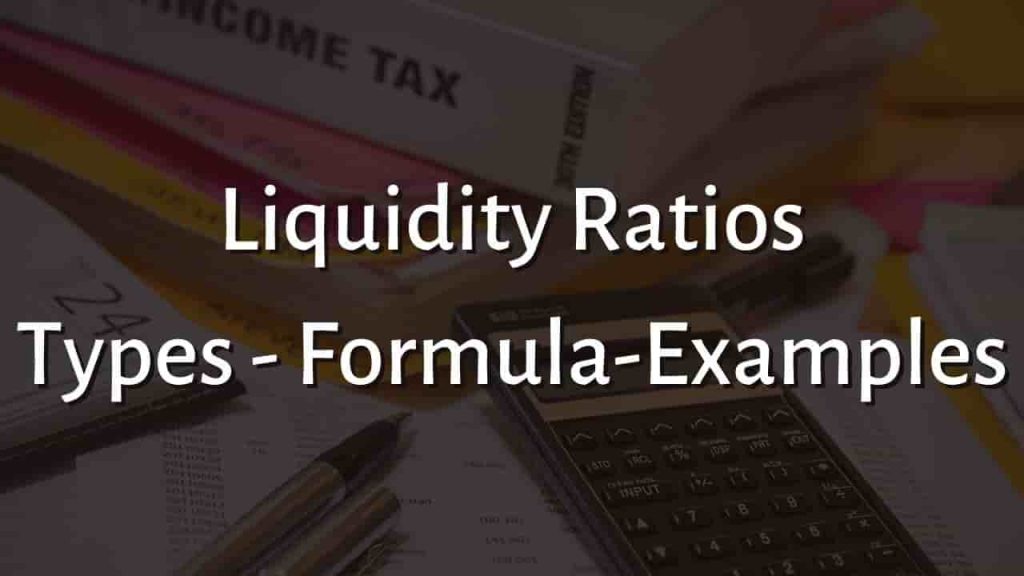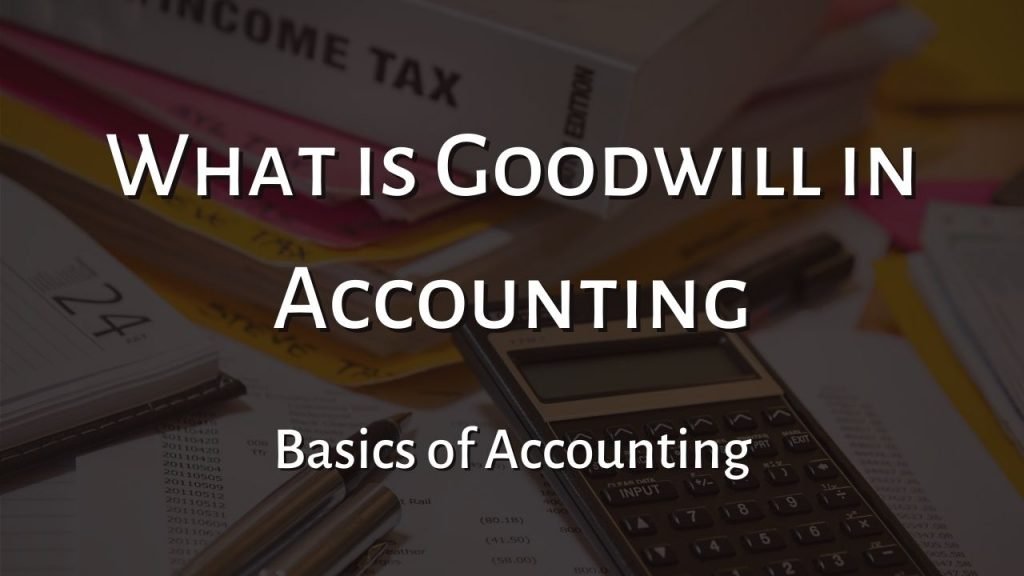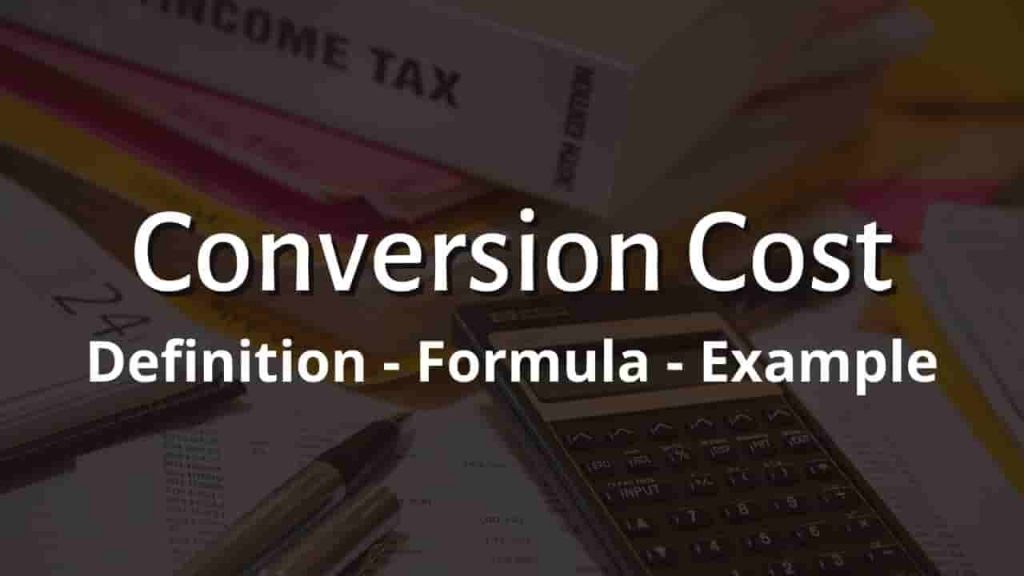Bill of Exchange
Definition: A bill of exchange is a legally binding agreement between two parties to pay a fixed sum of cash to the other party on a certain date or on-demand. It is often extended with credit periods, such as 90 days. In addition, for a bill of exchange to be legitimate, it must be approved by the drawee.
A bill of exchange is a formal instrument that details a debtor’s debt to a borrower. It is widely used to pay for products or services in foreign trade. Although a bill of exchange is not a contract in and of itself, the parties concerned will use it to carry out the terms of a contract. It will decide whether payment is due immediately or at a later date.
A bill of exchange must specifically state the sum of money, the date, and the parties concerned, including the drawer and drawee.
Bill of Exchange Parties
A bill of exchange agreement may include three different parties. These are mentioned below:
Drawee: This party pays the payee the amount specified on the bill of exchange.
Drawer: this group demand that the drawee pay a third party (or the drawer can be paid by the drawee).
Payee: The drawee pays this group the sum stated on the bill of trade.
Example of Bill of Exchange:
Assume Company ABC spends $25,000 on vehicle parts from Car Supply XYZ. Car Supply XYZ issues a bill of exchange, being both the drawer and the payee in this situation. According to the bill of exchange, Company ABC will pay Car Supply XYZ $25,000 in 90 days. Company ABC approves the bill of exchange and ships the goods as the drawee. Car Supply XYZ will present the bill of exchange to Company ABC for payment in 90 days. The bill of exchange was a document created by Car Supply XYZ, who was also the creditor in this situation, to show Company ABC’s indebtedness.
Types of the Bill of Exchange
Following are the types of bill of exchange:
Documentary Bill:
This bill of exchange is accompanied by relevant documentation that proves the authenticity of the sale or agreement between the seller and buyer.
Demand Bill:
This bill must be paid as it is demanded. Since the bill has no set due date, it must be cleared once it is presented.
Usance Bill:
It is a time-bound bill, which ensures that payment must be made within the specified time frame and date.
Inland Bill:
An inland bill is only payable in one country and not in any other. This bill is the opposite of the foreign bill.
Foreign Bill:
A foreign bill is one that can be charged outside of the country. An export bill and an import bill are two types of foreign bills.
Clean Bill:
The clean bill does not have evidence of a document, the interest is higher than on the other bills.
Accommodation Bill:
An accommodation bill is a bill that is sponsored, drawn, and approved without any conditions.
Trade Bill:
This kind of bill is only concerned with trade.
Supply Bill:
The supply bill is the bill that is withheld from the government agency by the seller or contractor.
Bill of Exchange Vs. Promissory Note
A promissory note differs from a bill of exchange in that the latter is transferable and can bind one party to pay a third party who was not interested in its production. Banknotes are one of the most common forms of promissory notes. A bill of exchange is provided by a borrower and orders a debtor to pay a certain sum within a specified time period. The promissory note, on the other hand, is issued by the debtor and represents a guarantee to pay a certain sum of money within a specified time period.
We also have:
For more click here and if you are looking for full forms of different acronyms and words then check out this list you really gonna find this helpful. We also have an Essay on every topic, Check the complete list here. If you are Studying in Matric Free Video Lectures of Maths, Physics and English are here, and we have got you covered for I.COM Business Maths also.

